Swiss send rescuers to Haiti as outlook worsens
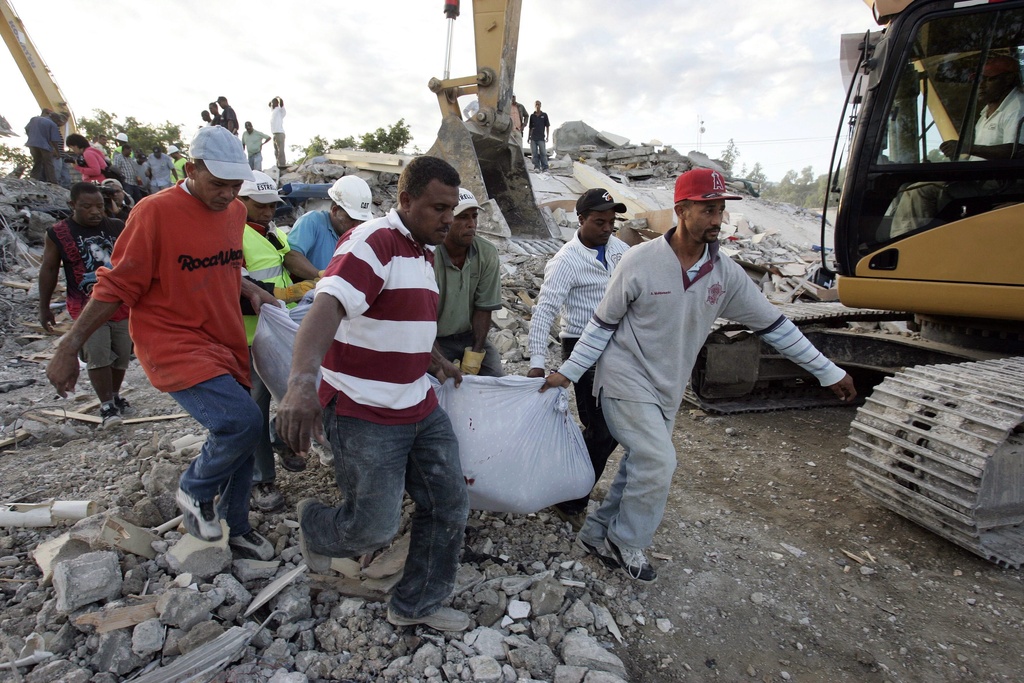
An international relief effort for Haiti gathered momentum on Wednesday as bodies piled up in streets and the country’s politicians warned of thousands of deaths.
The Swiss foreign ministry on Wednesday evening said it would send a rapid response unit from its humanitarian aid unit to the Western Hemisphere’s poorest country.
A 12-member team, comprising specialists in logistics, security, water and shelter, left Zurich airport on Thursday morning.
A six-person initial detachment of Swiss experts had already arrived in Haiti, Toni Frisch, deputy director-general of the Swiss Agency for Development and Cooperation (SDC), told Swiss radio on Thursday morning.
He added that because it had not been possible to land at Port-au-Prince airport, the team had had to travel in from the neighbouring Dominican Republic. Communication problems and restricted movement, especially at night, had also proved challenging, he said.
Frisch emphasised that the decision not to send 100 helpers immediately had been correct. “Before that happens we’ve got to guarantee that they can land, otherwise the operation is doomed to fail,” he said.
Relief supplies will “continue to be prepared”, officials said in a statement. The government is partnering the Swiss Red Cross to deliver supplies including medicines, plastic sheeting and hygiene kits. It will also consider purchasing goods from the Dominican Republic.
Further measures will be decided in the coming days, the foreign ministry said.
Swiss relief workers join disaster response teams from United Nations agencies and from the Geneva-based International Federation of Red Cross and Red Crescent societies, scheduled to be on the ground later on Wednesday.
The most urgent needs, according to the Red Cross, are search and rescue, field hospitals, emergency health, water purification, emergency shelter, logistics and telecommunications.
Tuesday’s quake, Haiti’s worst in more than 100 years, measured 7.0 on the Richter scale and struck late in the afternoon local time about 16 kilometres southwest of the capital Port-au-Prince. Numerous aftershocks followed.
Overwhelmed
A spokesman for the International Committee of the Red Cross said the Haitian Red Cross was completely overwhelmed and that there was very little information about the scale of the disaster.
UN humanitarian chief John Holmes told a news conference early on Wednesday afternoon that “initial reports suggest a high number of casualties” but the UN has no reliable estimate.
“It’s perfectly possible it will be in the thousands,” he said.
Haitian President René Préval said he had heard the death toll could be 30,000-50,000. Asked by a reporter how many people had died, he replied “I don’t know”, adding “up to now, I heard 50,000 … 30,000.”
The UN estimates that between three million and 3.5 million Haitians were in strongly affected areas. Up to 100 of its staff are still unaccounted for, most from the collapse of the headquarters building.
Among the missing is the head of the UN mission, Hedi Annabi, a Tunisian career diplomat. Préval told the media Annabi had died.
UN Development Programme chief Helen Clark said ten of her staff were believed to have been in the building adjacent to the agency’s main office, which collapsed.
Brazil’s army said at least 11 of its soldiers were killed, nine injured and seven were missing, and Jordan’s official news agency said three of its peacekeepers were killed and 21 injured.
A state newspaper in China said eight Chinese peacekeepers were known dead and ten were missing, though officials later said the information was not confirmed.
“Significantly affected”
The UN’s Haitian mission, spread across the country, includes 7,000 peacekeeping troops, 2,000 international police, 490 international civilian staffers, 1,200 local civilian staffers and 200 UN volunteers. The force was brought in after a bloody 2004 rebellion following decades of violence and poverty in the nation.
A helicopter reconnaissance of Port-au-Prince early on Wednesday morning showed “a lot of damage” to the downtown area and other parts of the capital, some damage to the port and a badly damaged control tower at the airport, Holmes said.
The UN has also received reports that the town of Carrefour, just west of Port-au-Prince, was “significantly affected,” as was the city of Jacmel, south of the capital. Haiti’s national palace, the justice ministry, other government buildings, hotels, hospitals, schools and the national penitentiary “have all suffered extensive damage”.
Holmes said there was an urgent need for search and rescue experts and dogs. A team from China has already arrived, two teams from the United States were due later on Wednesday and more were expected on Thursday, he said.
Around 150 Swiss nationals reside in Haiti, the Swiss foreign ministry said. “Currently we have no evidence that there are Swiss citizens among the victims,” the foreign ministry said in a statement.
It has set up a hotline for family members to obtain information: +41 31 325 33 33.
swissinfo.ch and agencies
The Swiss Red Cross has released SFr1 million towards emergency aid for the victims of the Haiti earthquake.
Swiss Solidarity, a charity led by swissinfo.ch’s parent body, the Swiss Broadcasting Corporation, is asking for donations for the victims of the earthquake.
The charity said it would work alongside Swiss relief agencies in the coming months to aid victims and support reconstruction efforts.
Donations can be made through a special postal account: 10-15000-6.
Swiss Solidarity and its partner organisations have freed up SFr2.5 million for the relief efforts.
According to Swiss seismologists, Tuesday’s earthquake was the worst tremor to strike Haiti since 1870.
Stefan Wiemer told the Tages-Anzeiger newspaper that Haiti sits on the boundary of two tectonic plates – the Caribbean plate and the North American plate – creating a fault system across the country.
“We knew that there would eventually be a release of this great tension, and that has now happened,” he said.
Wiemer added that the fault line crossed directly under densely populated areas.
Tuesday’s earthquake has been described as a “shallow” tremor, meaning it caused a lot of shaking since it occurred not far under the surface.
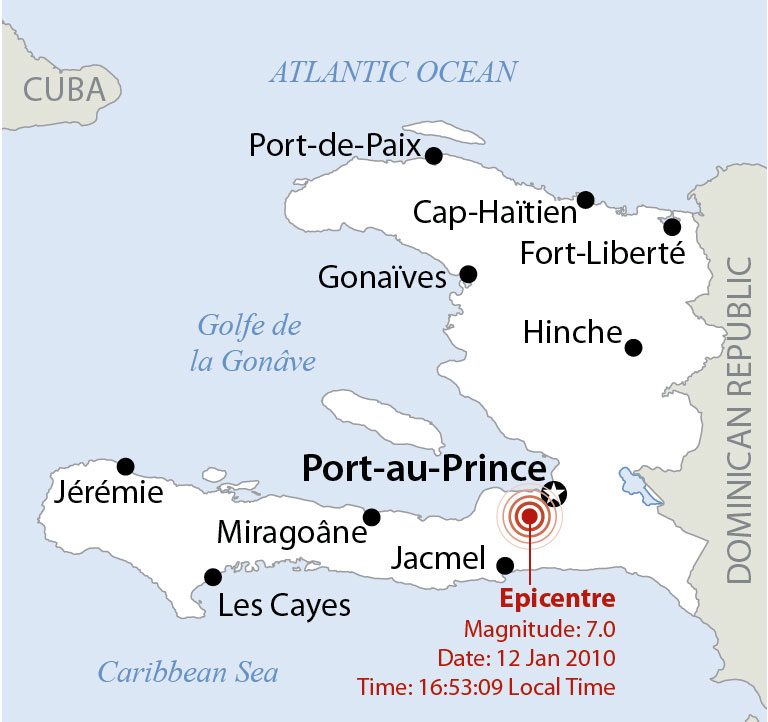

In compliance with the JTI standards
More: SWI swissinfo.ch certified by the Journalism Trust Initiative
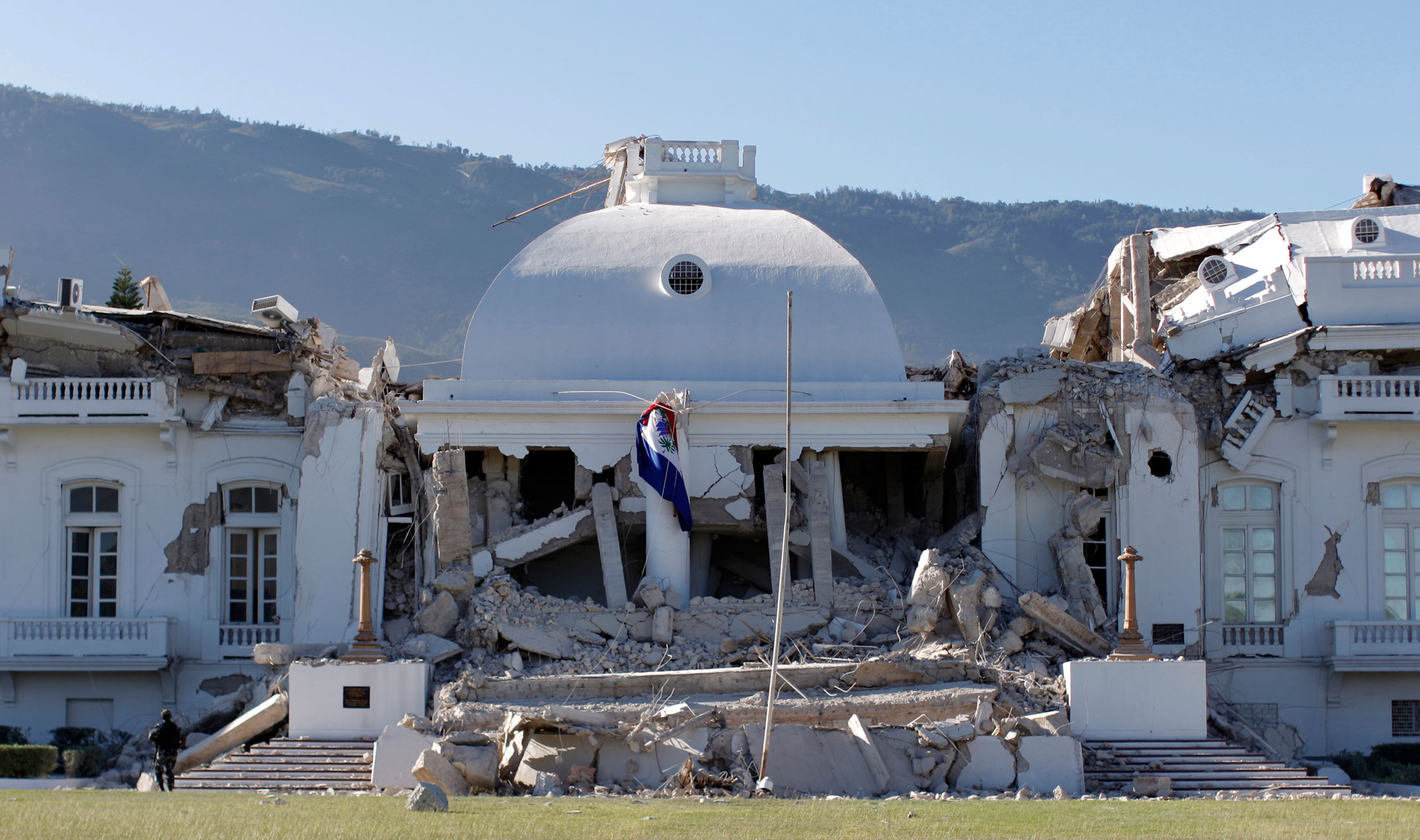
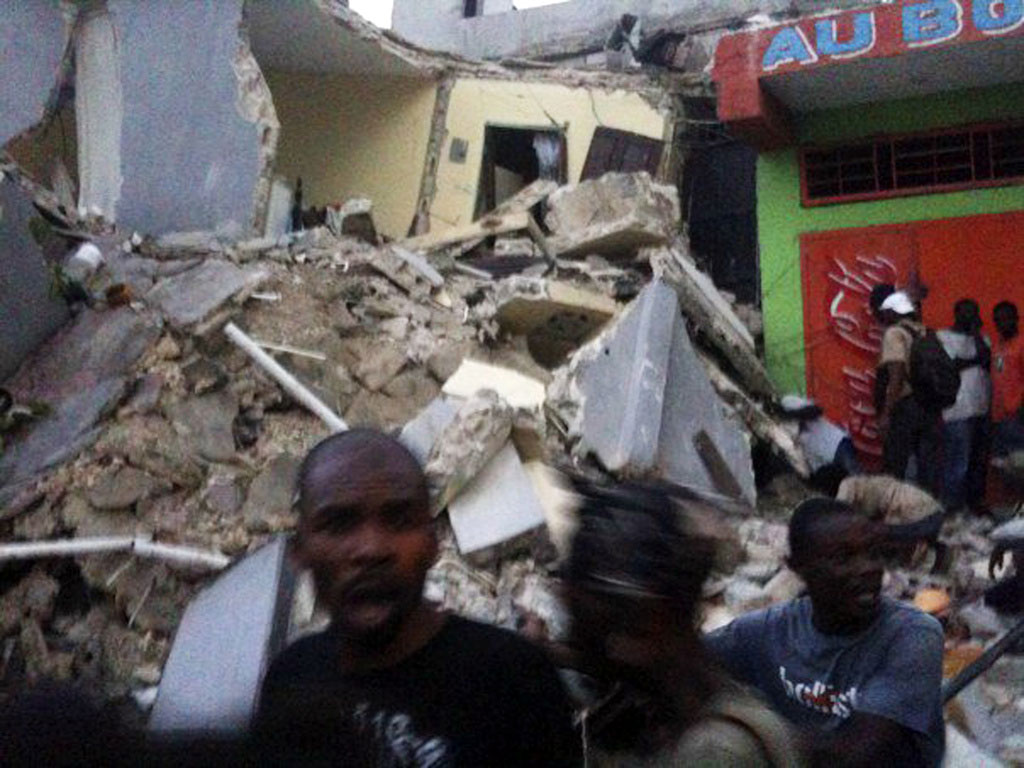
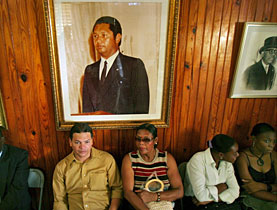
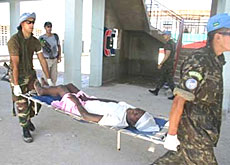
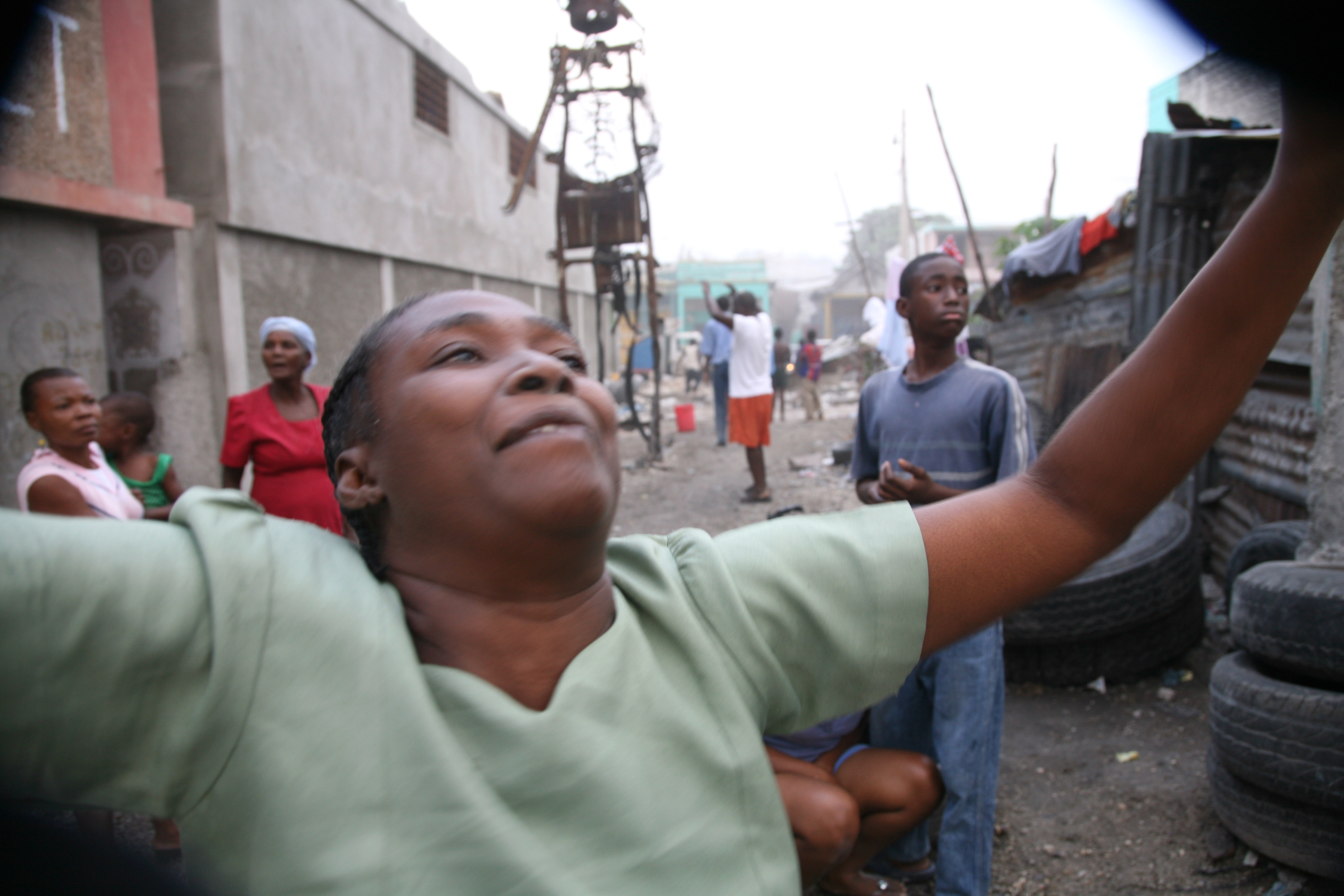
You can find an overview of ongoing debates with our journalists here. Please join us!
If you want to start a conversation about a topic raised in this article or want to report factual errors, email us at english@swissinfo.ch.